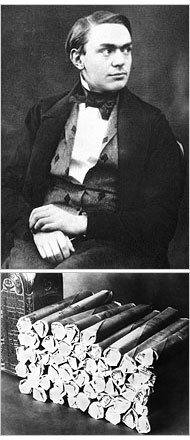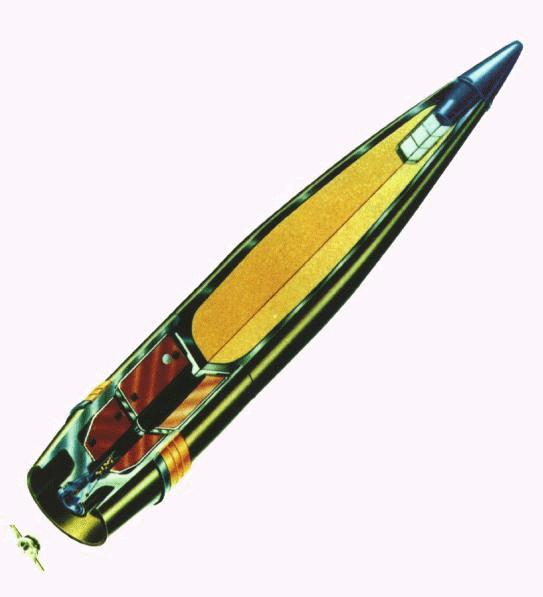Following the momentous changes that came with the advent of gunpowder, the societies of the world were each radically altered. The modern powers (in Europe) now fought differently on land and at sea, ancient cultures were proven obsolete (think: ‘’The Last Samurai’’ and the discovery of the New World), and transcontinental trade greatly intensified.
But with the coming of the Industrial Age there were other inventions: the science of agricultural, manufacturing and warfare related technologies were all at the fore. It was not long, then, before the technologies of explosives were advanced as well.
An Italian chemist named Ascanio Sobrero achieved the first such endeavor in 1847. He sought to create an explosive more powerful than gunpowder–which he did, although it seemed so unstable that he thought it impossible to continue working with.
A friend of Sobrero’s, a Swedish man named Alfred Nobel, took the formula back to Germany with him and coined his volatile substance nitroglycerin. Unfortunately, Nobel faced the direst of consequences when testing his new substance as he was met by disaster after disaster, culminating in the death of his brother and destruction of his factory. He eventually succeeded in his goal of creating something fairly stable, however, when he compounded the nitroglycerin with an adsorbent material (usually sawdust) and created dynamite. This was finally a safe and effective alternative to gunpowder, and Nobel patented it, “Blasting Powder,” in 1867.
TNT was developed around the same time as dynamite, however, it found its usefulness not due to its effectiveness, but rather its convenience. In 1863, a German chemist named Joseph Wilbrand was experimenting with new solutions of yellow dye and found one (trinitrotoluene) to be explosive–however, to such a small extent that it was far inferior as a weapon compared to available alternatives. This eventually played into its rise to popularity, as it could be poured into shells without risking accident. By the 20th century, both the German and British armed forces were heavily employing TNT based artillery for cannon and on board ships.
 –Nobel and friends.
–Nobel and friends.
 –A TNT-filled shell.
–A TNT-filled shell.
Images sources: http://graphics8.nytimes.com/images/2006/09/26/science/nobel.190.62.jpg, http://www.fas.org/man/dod-101/sys/land/m549_usafas.jpg
Next: The Bomb: World War II and the Manhattan Project.
Back to A History of Explosives: Chronology.
Back to the bomb main.
